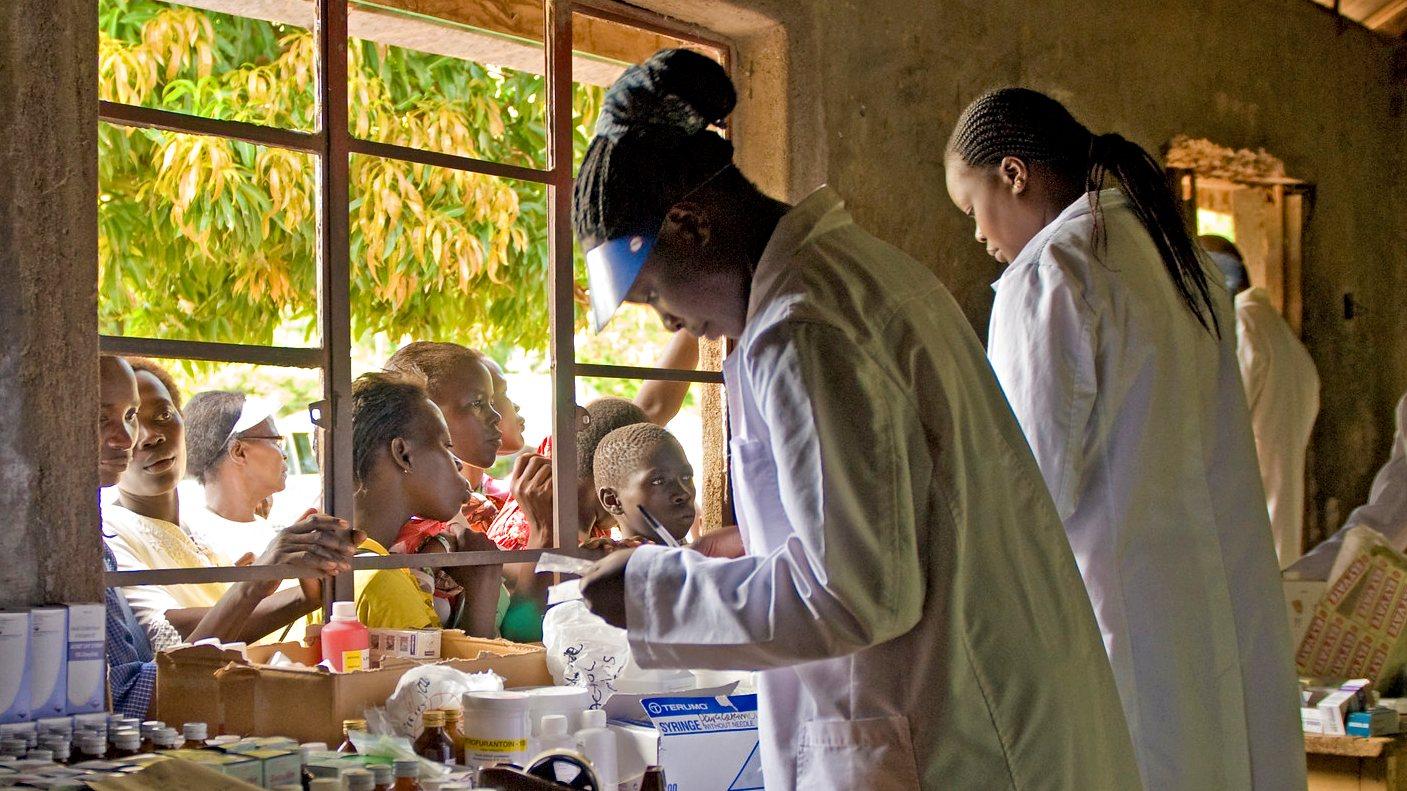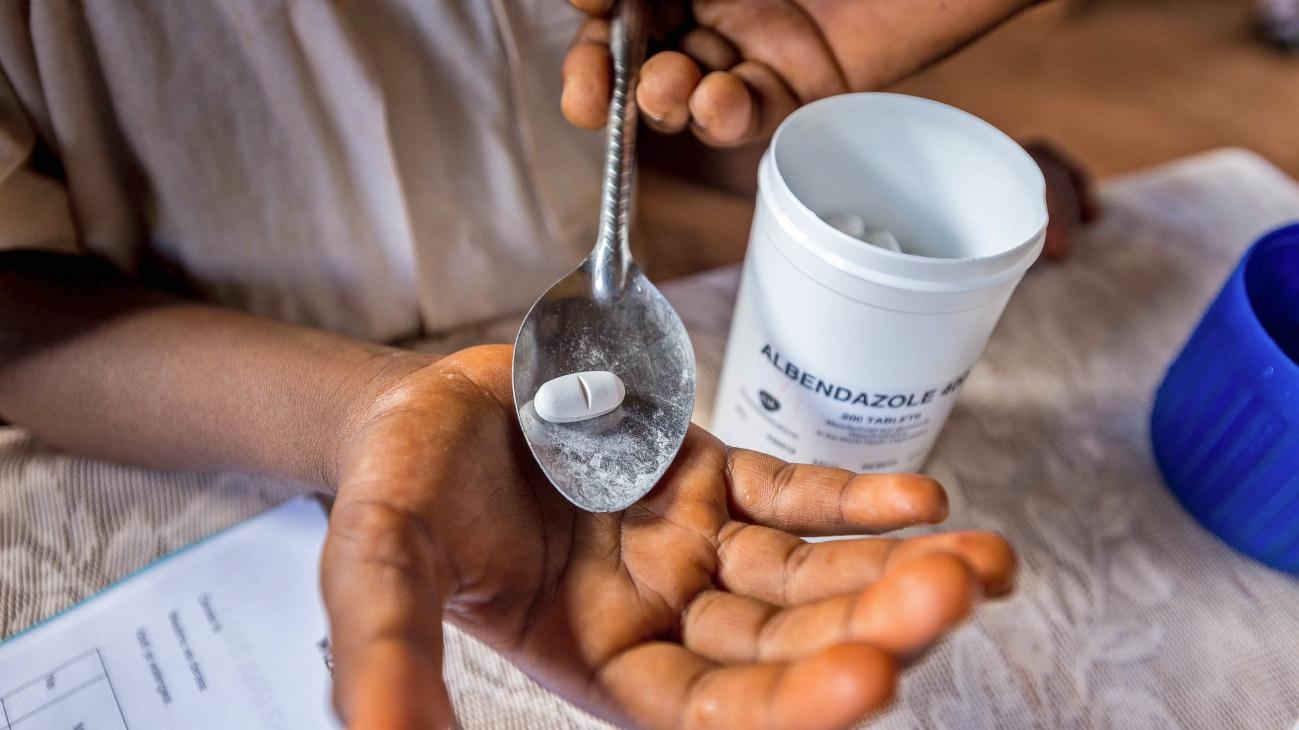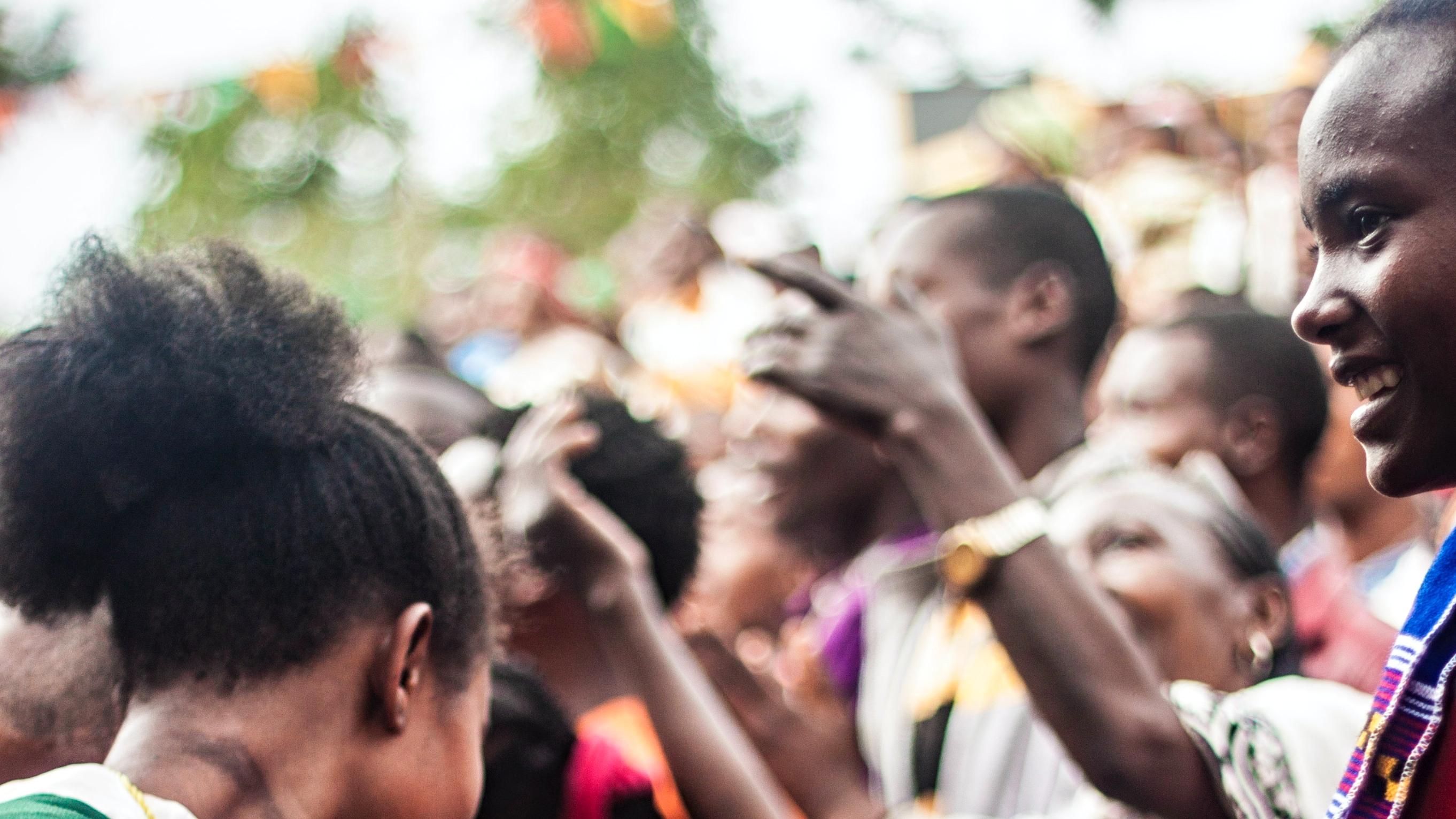While infection numbers and deaths from the epidemic remain low, COVID-19 prevention measures in Kenya have significantly impacted daily incomes for Kakamega county residents. Disrupted movement and supply chains have had far-reaching repercussions, pushing many deeper into poverty and creating opportunities for others.
This blog is part of the series Shifting Spaces, an emerging timeline of COVID-19 responses from Kenya, Malawi, Tanzania and Uganda from the LEAD research project at the Firoz Lalji Centre for Africa.
COVID-19 in Kenya triggered panic and extreme mitigation policies, with the first cases leading to swift policy actions by the national as well as county governments. Movement in and out of major cities was stopped in March 2020. Schools were closed, as were market places, bars and restaurants and other social venues. Air travel followed in early April.
As elsewhere, government measures enforcing limited movement and social distancing have had significant effects on daily incomes, expenditures and family livelihoods. We must then ask in what ways different people have been affected and how this is impacted by broader economic and social shifts. I address these issues by focussing on Kakamega county in western Kenya.
Economic pangs from COVID-19 prevention in Kakamega
On 6 July 2020, throughout the villages in Kakamega county, residents patiently waited for the twelfth hour’s scheduled announcement from the president on lifting movement restrictions, an atmosphere reportedly the same across the country. Residents were relieved. The earlier orders had limited movement in and out of the ‘locked cities’ of Nairobi and Mombasa, and while Kakamega county was not ‘locked’, its residents who had operations in those cities were adversely affected.
I spoke to a Nairobi-based businessman who was happy he could travel back to his workplace in Nairobi. Meanwhile, some regulations remained in place; a bar and restaurant owner in Kakamega town, Mukhwana, expressed his disappointment at the extension of curfew orders for another 30 days effective 6 July 2020. On the same date, the president banned the sale of alcoholic drinks until further notice, a move that would completely paralyse Mukhwana’s livelihood. His four bartenders would have to do without income until further notice.
Local matatu (private minibus) operations have also been affected, their operations restricted by their inability to operate in and out of the locked cities, which caused a loss of daily revenue for matutu owners, their drivers and conductors.
Mrs Luchimbo of Ematibira village shared with me these difficulties:
‘Normally, I sell mutumbas at sabatia market for a living; but since the advent of the movement restrictions, I could no longer order for my stock from Nairobi. Neither could I comfortably sell my existing stock at the market place. This was because of the disturbances from the county askaris (county government’s law enforcement team) which has really affected my family’s livelihood’.
Most of the disturbed businessmen in the sub-county of Butere had retired into their small-scale farms.
A fish seller at Sabatia market in Butere explained:
‘At-least now, we can sell our produce with relative comfort because the authorities seem to have relaxed. We however understand that the disease is real and we ought to observe our own safety. We can also get our stock albeit with affected prices but it’s at least better.’
No students, no income
Teachers and non-teaching staff in schools in Kenya are among the most affected by the pandemic. Whereas public school teachers have continued receiving pay, their counterparts in private institutions have not. This is a significant, given the 60:40 ratio of public to private institutions in the county. The government has catered for the non-teaching staff in public schools by paying them salaries for the duration the schools have not been in session. This came as a relief to many. Calls from KPSA (Kenya Private Schools Association) for government intervention have not yet been fruitful. Most private institutions rely on student fees payments for their salaries. They have gone without this type of income since mid-March. A good number of teachers in Kakamega have resorted to home tuition for students – a move that the education ministry has backed, on the condition that COVID-19 rules are observed.
Closure of tertiary institutions in Kenya not only affected the learning calendar but also the businesses that relied upon the student population – for example, Bukura supermarket which mainly relied on the Bukura agricultural college student population for its customers. ‘They had to request their personnel to go for unpaid leave as they hope for re-opening of the institution soon’, according to the supermarket’s management. In the neighbouring county of Kisumu, the once busy Sairam supermarket had been ‘doors closed’ since mid-March due to the absence of business, following the closure of Maseno University.
The gold miners of Ikolomani
A cross-section of Ikolomani and Lurambi sub-counties have relied on gold mines as their primary income since the 1950s. While most miners work as labourers in the licensed mines, a section of those unlicensed benefit from the business opportunities brought by the gold vendors. The pandemic made operations in these fields illegal and business privileges have been lost.
As told to me by Mr Tshombe of Lurambi, most families in the region are suffering. Facing a loss of income, he has opted for menial jobs in the sugarcane farms – jobs which are increasingly hard to find as others face similar circumstances. Moreover, the Kshs 200 daily income from weeding sugarcane is insufficient to take care of his wife and six children.
The majority for whom mining drew them to these areas have since relocated back to their native homes within and outside of the county, leaving their rented houses with accumulated unpaid rents. Others have resorted to mining illegally. While this provides a livelihood for their families, they risk repercussions with authorities such as jail terms or fines. Most have managed to avoid these problems by giving to authorities small donations.
Appreciating the impact of such mining closures on the economic welfare of more than five thousand residents, the deputy governor said;
‘It is better we suffer for a short while than expose ourselves to the dangers of coronavirus and perish. They will resume their normal mining activities once everything returns to order’.
The green quarantine of Kakamega County
Kakamega’s climatic conditions make it a prime location for agriculture. It is endowed with 238 square km of tropical rainforest that spans the watersheds of river Yala and river Isukhu. To the subsistence farmers of the county, COVID-19 seems to have brought more ‘havens of opportunities and realizations than the harm it has caused’, according to Mr Litunya, the chairman of KCYAA (Kakamega Youth Agripreneurs Association).
The period has seen more youths in the county turning to farming as their main source of income since most lost their previous sources of livelihood – mostly in the hospitality, mining and education sectors. The KCYAA has been at the forefront of encouraging young farmers to embrace a form of unity by forming food value chains networks, a move that seems to encourage youths in the county since there is a ready market for their produce. The value chains formed by the organisation involve sweet potatoes, horticulture, dairy and poultry, also serving to counter Kenya and the wider region’s food insecurity.
Kakamega residents rely mainly on maize for their staple food. Most farmers also plant sugarcane on a large scale, of which demand has been un-wavered by the pandemic. Some of the youth in the KCYAA have resorted to hydroponic and organic farming techniques in a bid to beat land shortage challenges. In Litunya’s own words, his farm is the ‘ideal quarantine facility’ where his farm produce has minimal interaction with the outside world, except during sales at the market which he does while strictly observing COVID-19 guidelines.
During the lockdown of major cities, agriculture was listed among the country’s essential services. As a result, most supply chains remained functional, albeit with some operational constraints that mostly resulted from the limited movement across counties. To the KCYAA, this could be an eye-opener for potential supply chain gaps the county’s farmers could exploit in order to attain self-sufficiency. For instance, the country imports most of its eggs, cereals and horticultural products from neighbouring Uganda, but travel restrictions exposed the need and potential for local production.
According to the call from the ministry of agriculture, farmers have been positioned as an important cushion to the economic strains of both COVID-19 and the recent locust invasion that has havocked East African countries. This has meant more work for farmers at a time when most people are losing their jobs. Although the locusts failed to reach Kakamega, the effects in the other eight counties in Kenya were significant. Food has thus been needed in those counties and the un-affected fertile counties like Kakamega have been important. Calls by various stakeholders have been made for the government and other financiers to invest in productivity and efficiency on small scale farms. The government’s financial support is, however, yet to be realised.
Some farmers however, have felt the heat. Mr Makulu, a dairy farmer from Muluwa, cries loss of market for his milk from the time the schools closed. The neighbouring boarding schools were his main consumers. He hopes they will reopen soon so he can reclaim his income.
The government’s economic stimulus relief
Understanding the ripple effects of the pandemic and adherence to government controls, the president declared both direct and indirect fiscal measures in a bid to cushion the public. On 17 March 2020, the central bank of Kenya ordered commercial banks to waive bank charges for all bank to mobile wallet transactions. This followed the loans restructuring directive for non-performing loans that resulted from layoffs. The restructuring order also affected businesses whose financials were destabilised by COVID-19. The cash reserve ratio was also reduced to 4.25 down from 5.25, and the government implemented industry-based support, with tourism and the entertainment industries the biggest beneficiaries with $5 million and $1 million respectively.
Low-income earners [those with a gross income of $226] received a 100% tax waiver, following the announcement of the pandemic. The PAYE for other categories of workers was lowered by 5% from 30%. This was the case for the corporate income tax. The government went further to lower the value added tax on goods to 14% down from 16%.
While these measures were hailed by the public countrywide, the unemployed majority of Kakamega County feel that more could have been done to cushion the already 30% vulnerable unemployed population who have no income to pay tax from. It is this segment of the population that the pandemic has most affected, and most ignored, pushed further beyond the poverty threshold.
While the government has, in many respects, attempted to safeguard its citizens, the lack of a clearly researched approach that could have been utilised to contain the virus’ spread, while supporting the economy, has had wide-ranging effects. As a result, most of the measures taken were seemingly out of panic. The felt economic effects have been sharp. Kakamega has had its share, and it will take time to recover.
Responding to challenges and opportunities
The significant impacts of the virus have been felt differently across the Kenyan population – posing extreme challenges for some and opportunities for others. On the whole, people in Kakamega have attempted to adapt to shifting circumstances, eking out a living in economic sectors that offer a chance of income.
Any analysis of COVID-19 needs to look beyond initial case numbers and explore the uneven, complex and place-specific impacts of directives intended to halt the virus. The degree to which these shifts will remain in post-COVID Kakamega will become clearer over time.
Photo: Open Institute CC BY-SA 2.0.






I am trying to locate number of infection in kakamega city and county since begining of pandemic.
Can you please give me guidance as to this data.